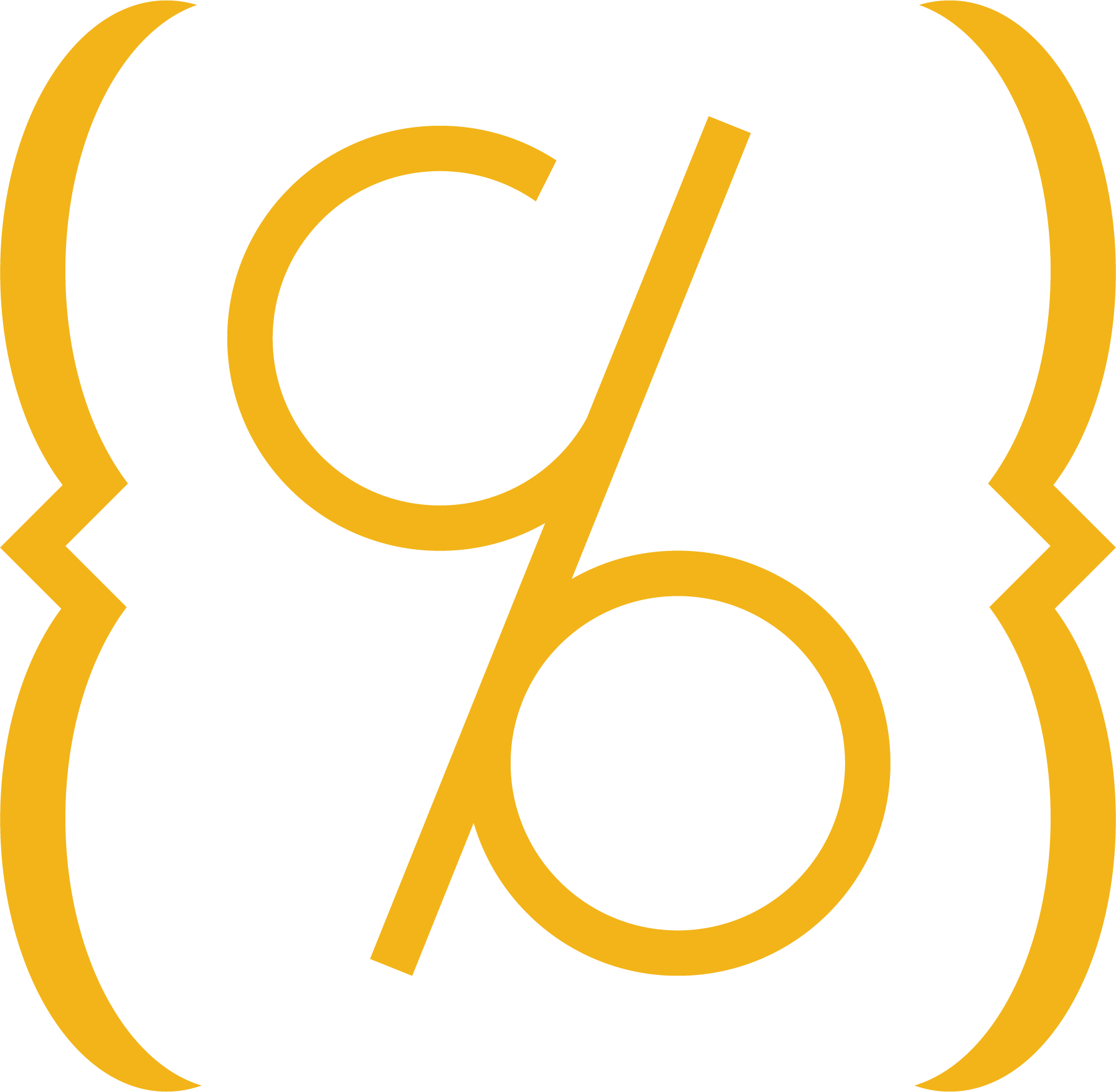LIS Student Reflection -- Amaobi Otiji, Rutgers University
By Amaobi Otiji | June 18, 2025Unforgotten: Preserving Black Memory through CollectionBuilder
Amaobi Otiji, Master of Information Student, Rutgers University – New Brunswick
Spring 2025 CollectionBuilder LIS Student Cohort
Please describe the CollectionBuilder project(s) you worked on during the LIS Student Program and provide a link to your projects if available.
For my project, I created Unforgotten: A Web Archive and 3D Exhibit for the Mount Zion & Female Union Band Society Cemeteries.” This project consisted of two interwoven components: an interactive 3D exhibit and a curated web archive. These cemeteries are among the oldest historically Black burial grounds in the District of Columbia and are significant sites of cultural memory for the city. My 3D exhibit documents some of the stories of the people interred there, landmarks like a famous burial vault used on the Underground Railroad, and puts these stories into a narrative context. It utilizes 3D scans of gravestones and objects to create a more immersive experience for the audience, as well as other multimedia like embedded maps and photos. The web archive component complements this by aggregating articles, multimedia, and historical references that relate to the cemeteries and the impact that its stewarding nonprofit, the Black Georgetown Foundation, has had on their community.
Link: https://www.unforgotten-mtzfubs.com
What were some of the benefits and/or successes of using CollectionBuilder for your project(s)? What were some of the limitations or drawbacks?
CollectionBuilder offered a lightweight and easy environment for building my digital collection without needing to rely on proprietary systems or subscriptions. That autonomy was especially useful for a project that involved historical interpretation and spatial storytelling as well as a web archive that I hope to sustain indefinitely. I was able to structure the metadata to support my project’s needs and allow users to approach the material in multiple ways. Creating and embedding 3D content into the CollectionBuilder required some troubleshooting and knowledge of outside tools, but the framework was flexible enough to support these integrations.
What were some of the challenges you faced while using CollectionBuilder? How did you navigate these challenges?
The most consistent challenge I encountered was trying to balance the project’s conceptual goals with the technical constraints of a static state. CollectionBuilder allows a high level of control over your metadata and layout, which is empowering but became a little demanding due to the fluctuating scope of my project as I worked through it. To really get the most out of CollectionBuilder, a minimal level of metadata for each object is required. Accurately describing a hundred webpages with this metadata and normalizing it for presentation was one of the more laborious parts of the project even with some automation built into this process. Since my content was made with CollectionBuilder-GH (GitHub Pages) I also encountered some difficulty with the file sizes of my WACZ (Web Archive Collection Zipped files). I had to familiarize myself with other GitHub tools like Releases in order to serve this larger content to users in the way I wanted. In the end, I was able to meet the technical goals of my project and learn a lot along the way.
What advice do you have for others wanting to use CollectionBuilder?
The best advice I think is to be intentional about your data structure early on. The framework performs best when your metadata is clean, consistent, and planned with the site’s functionality in mind. Define your subjects and formats before trying to scale out the project. Experiment with a small working set of sample items so you can familiarize yourself with the framework and get a better idea of what you want the final result to look like. Think of the metadata as the backbone of both the design and user experience; How you frame your content in that data will shape what your audience can see and understand.
Do you have any future CollectionBuilder projects that you are planning to do? If so, please describe them.
I would love to continue to use CollectionBuilder to support digital collections work for the Black Georgetown Foundation in the area of primary source documents, personal papers, and other things they’ve saved over time. I’m also interested in creating projects for other Black history sites within D.C. and using CollectionBuilder as a unified framework across all of those. This project was a great opportunity to work with a community organization/archive that is performing a mission that resonates deeply with me, so I would love the opportunity to work with more people and organizations who have similar goals.
Do you see yourself using CollectionBuilder in your future career? If so, how would you implement it in your work?
Yes, definitely! I recommend CollectionBuilder to friends and colleagues whenever it seems like an appropriate tool for something they’re working on. Whether this is an intern working on a geospatial digital collection or a friend wanting to preserve and present their family history, I try to convey that it’s both an incredibly accessible and powerful tool for both newcomers and daily practitioners of digital archives and libraries.
Anything else to add?
This program gave me an amazing amount of support and training on the CollectionBuilder framework to build some that I’ve wanted to do for a long time: experimenting with 3D collections and web archives. The structure of the cohort was flexible enough to let me work independently while still benefiting from insight from my fellow cohort members and the University of Idaho staff who guided us. It was an amazing opportunity to create my own self-guided project which let me blend my interests in Black History, digital collections, web archiving, 3D spatial heritage, and sustainable open source tools all into one.
 CollectionBuilder
CollectionBuilder